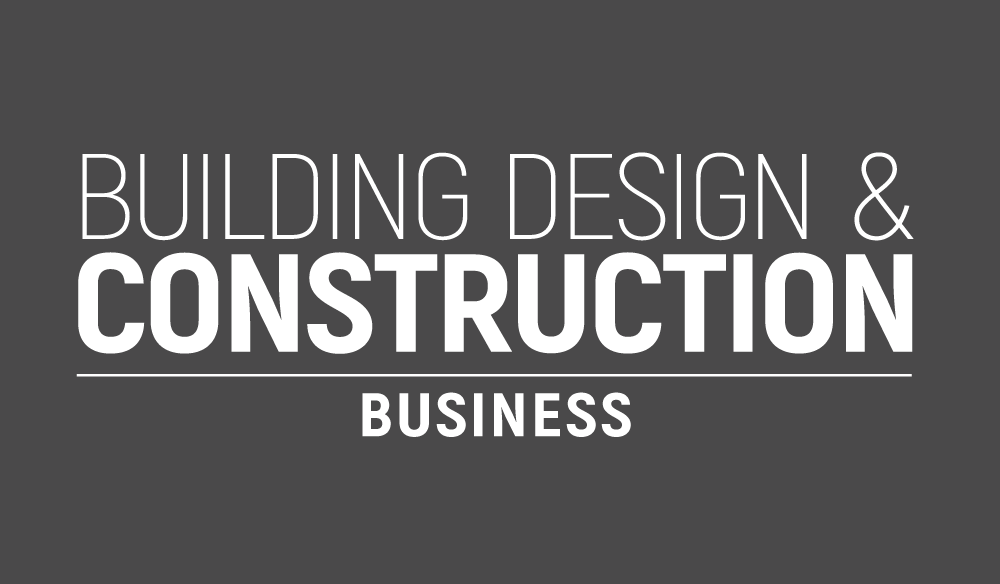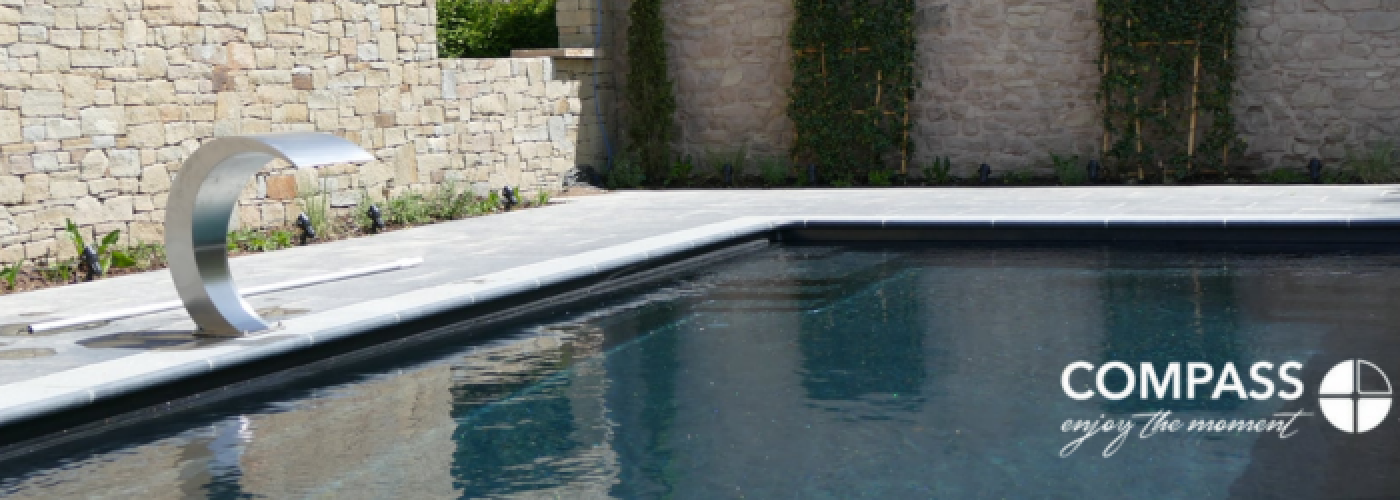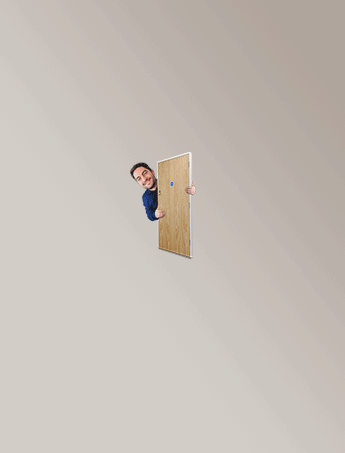This sponsored article by Compass Pools provides you with the knowledge to prevent expensive mistakes being made when planning your luxury pool. As leading specialists, with over 30 years of experience in nationwide design, construction and installation, Compass Pools offer unparalleled expertise in customising and perfecting each unique swimming pool project they undertake.
While pool projects offer substantial revenue opportunities for developers, achieving success hinges on precision planning and technical expertise. So let’s confidently navigate the complex considerations of pool design and installation together, transforming potential challenges into profitable outcomes.
Site and Space Considerations
Perhaps surprisingly, comprehensive site evaluation remains one of the most overlooked aspects of pool project planning. Inadequate assessment of technical factors, from soil stability and proximity to the infrastructure to drainage patterns and topographical challenges, frequently leads to substantial cost overruns and timeline extensions. Similarly, shade is an important feature for pools. While we may want to lounge in the sun all day, the reality is that shade is essential for making the pool more practical, especially if children will be using the swimming pool.
Developers that fail to conduct thorough analysis of these details before committing to a pool design often encounter complications requiring expensive remediation. Take a data-driven approach with slope analysis, utility mapping and an investigation into the foundations of the site, as well as surrounding features like trees and outdoor structures, so you can place a pool design that works with the space.
Choosing the Wrong Size Pool for the Space
One of the most common mistakes when designing a swimming pool is choosing the wrong size for the space. A pool that’s too big will increase your material and labour costs unnecessarily, while an undersized pool won’t meet the client’s requirements and could require costly modifications or replacements in the future.
Before installing a pool, take the time to think about the intended use, the size of the area you’re installing into, and the best way to optimise materials. This will ensure the best return on investment and minimise the risk of the pool needing to be changed later on.
Neglecting the Intended Use
Often, developers add a standard pool without thinking of its use, but performance criteria can result in client dissatisfaction and will mean the pool will underperform in terms of technical specifications. Pools come in a range of sizes and styles, from bespoke organic shapes, Fastlane® fitness pools and swim spas, hydrotherapy pools and spacious outdoor pools. So, it pays to think about who will be using the pool once it’s in place and why, whether it’s for relaxation, exercise or a combination of the two.
Not Integrating the Pool With the Landscape
Failure to consider the surrounding landscape, not just in terms of drainage systems and the mechanics of the pool itself but from a structural standpoint, can create major maintenance issues and vulnerabilities that can be hard to rectify once the pool is in place. For example, if you plant large trees too close to the pool, the roots could end up lifting the patio, while the wrong material for surrounding patios could make using the pool unsafe for little ones.
We recommend approaching landscaping as a holistic design element. For those interested in a more natural approach, natural pools demonstrate how carefully considered landscaping can enhance biodiversity and create a seamless transition between the pool and the surrounding environment, while sleek decking and shaded spots are ideal for a luxury and contemporary look if you’re striving for a modern touch to couple with an infinity pool.
Failing to Choose the Right Materials
Material errors don’t just affect the aesthetics of the pool, but they can represent a significant liability risk for construction firms and developers. Inadequate consideration of the structural requirements, chemical compatibility, and environmental exposure factors frequently leads to premature degradation and performance failure of the pool itself.
Composite and fiberglass technologies demonstrate superior performance metrics in structural testing, chemical resistance analysis, and accelerated weathering simulations. These engineered materials provide advantages in load-bearing capacity, flexural strength, and resistance to chemical degradation compared to traditional concrete installations. For construction firms, this translates to reduced warranty claims and enhanced client satisfaction over the installation lifecycle.
Avoiding safety compliance
An oversight when it comes to safety could result in hazards that could harm people using the pool and create significant liability and compliance violations for your business when it comes to building codes and regulations. Safety systems should be a primary design feature rather than an afterthought, from barrier systems and compliant electrical systems to covers that keep pets and small children safe from falling in the pool.
Pool design and installation present unique technical challenges that require specialised expertise and systematic planning. If you’re keen to differentiate yourself in the market when developing properties, pools are a great option but be sure to prioritise the technical specifications and quality in order to avoid costly errors.





